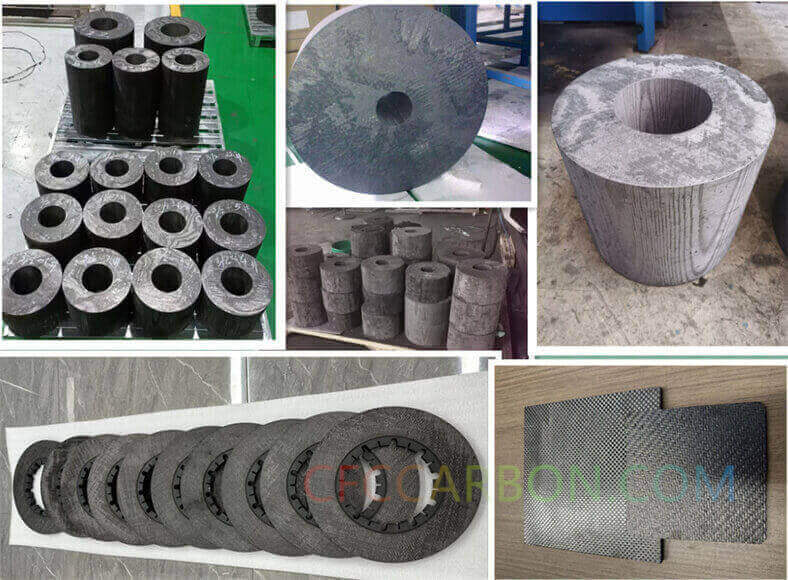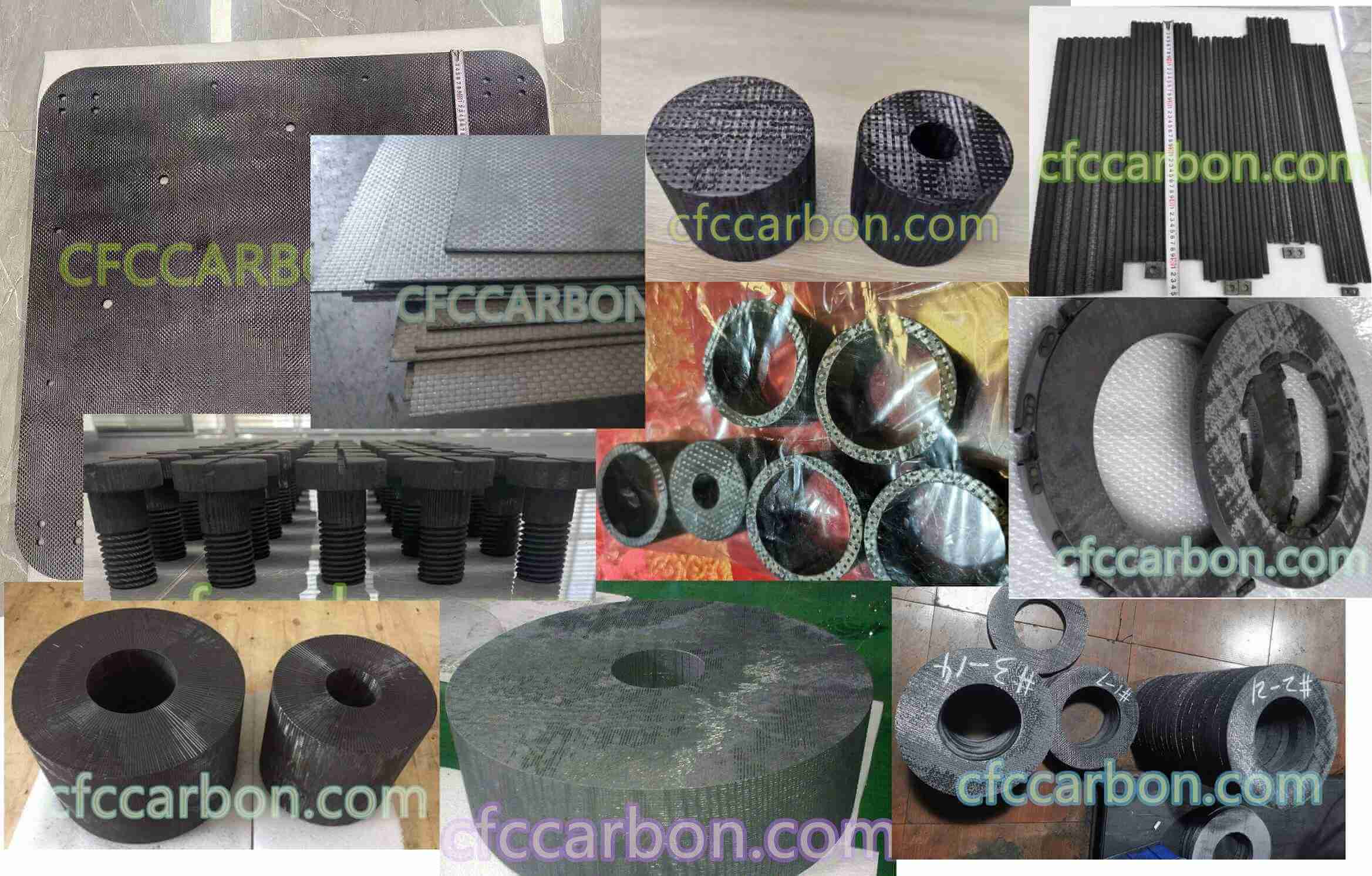Innovative Applications of Carbon-Carbon Composites in High-Performance Industries
(Adapted from research on www.cfccarbon.com and verified sources)
1. Aerospace & Defense: Thermal Protection Systems
Carbon-carbon (C/C) composites are integral to aerospace engineering due to their exceptional thermal stability and lightweight properties. These materials are used in re-entry vehicle nose cones, rocket motor nozzles, and leading edges of spacecraft wings, where

3D 4D carbon fiber composite material manufacturer factory -airplane brake disc plates sheets U L profiles-2D(s)
temperatures exceed 2,000°C. For instance, NASA’s Space Shuttle utilized reinforced carbon-carbon (RCC) panels for its wing leading edges, ensuring structural integrity during atmospheric re-entry. The material’s low thermal expansion coefficient and high thermal conductivity prevent catastrophic deformation under extreme heat gradients.
2. Aircraft Braking Systems
In aviation, C/C composites dominate high-performance brake discs for commercial and military aircraft. Unlike traditional steel brakes, carbon-carbon brakes offer superior heat dissipation, reducing wear and enabling shorter landing distances. For example, Boeing and Airbus rely on these composites for their lightweight efficiency and reliability, which also lower fuel consumption. The material’s unique fracture resistance ensures longevity even under repeated thermal cycling.
3. Rocket Nozzle Throats & Exit Cones
The propulsion industry leverages C/C composites in solid rocket nozzles, where rapid temperature spikes and corrosive exhaust gases demand unmatched durability. These composites withstand ablation and thermal shock, maintaining precision in thrust vectoring. A study by Frontiers in Materials highlights their use in reusable launch vehicles, where reduced weight and high strength-to-density ratios optimize payload capacity.
4. Nuclear Reactor Components
C/C composites are critical in nuclear fusion reactors and high-temperature gas-cooled fission reactors. Their resistance to

carbon fiber composite material manufacturer in China(1)
neutron irradiation and structural degradation at elevated temperatures ensures long-term operational safety. Research from ScienceDirect notes their application in plasma-facing components, where thermal management and radiation resistance are paramount.
5. Medical Implants & Surgical Tools
Biocompatibility and chemical inertness make C/C composites ideal for orthopedic implants and surgical instruments. Their low density mimics human bone properties, reducing rejection risks. Advanced studies show their potential in prosthetics, where fatigue resistance and MRI compatibility are essential.
6. Industrial Furnace Fixtures
In manufacturing, C/C composites excel as heat-treating racks and fixtures due to their dimensional stability at extreme temperatures. Unlike graphite, they resist warping and cracking, improving furnace efficiency. Companies like Ceramaterials produce custom C/C components for semiconductor processing and glass manufacturing, where thermal deformation tolerance is critical.
7. Automotive Racing & High-Speed Systems
Formula 1 teams pioneered carbon-carbon brakes in the 1970s, capitalizing on their rapid cooling and weight savings. Today, hypercars like the Bugatti Veyron use these composites for brake systems, enhancing performance and safety at speeds exceeding 400 km/h.
8. Solar Thermal Energy Systems
Emerging applications include solar thermal receivers, where C/C composites’ high thermal conductivity and UV resistance optimize energy conversion. Researchers at Vellore Institute of Technology demonstrated their use in concentrated solar power plants, achieving 30% efficiency gains.
Why Carbon-Carbon Composites?
-
Lightweight: 1/4 the density of steel, enhancing fuel efficiency.
-
Thermal Resilience: Stable up to 3,000°C in inert environments.
-
Customizability: 3D weaving and CVD densification tailor properties for niche applications213.
Conclusion
From Mars-bound rockets to life-saving medical devices, carbon-carbon composites redefine material science. As industries prioritize sustainability and performance, these advanced materials will continue driving innovation. For detailed specifications or custom solutions, explore www.cfccarbon.com.
related news /articles:
Carbon fiber reinforced silicon carbide composites (C/SiC, C/C-SiC)-(2)-application
Advanced Coatings for Carbon fiber Carbon Composites
Ablation rate comparison and Material Selection for C/C vs C/SiC
Applications of carbon-carbon composite (2)